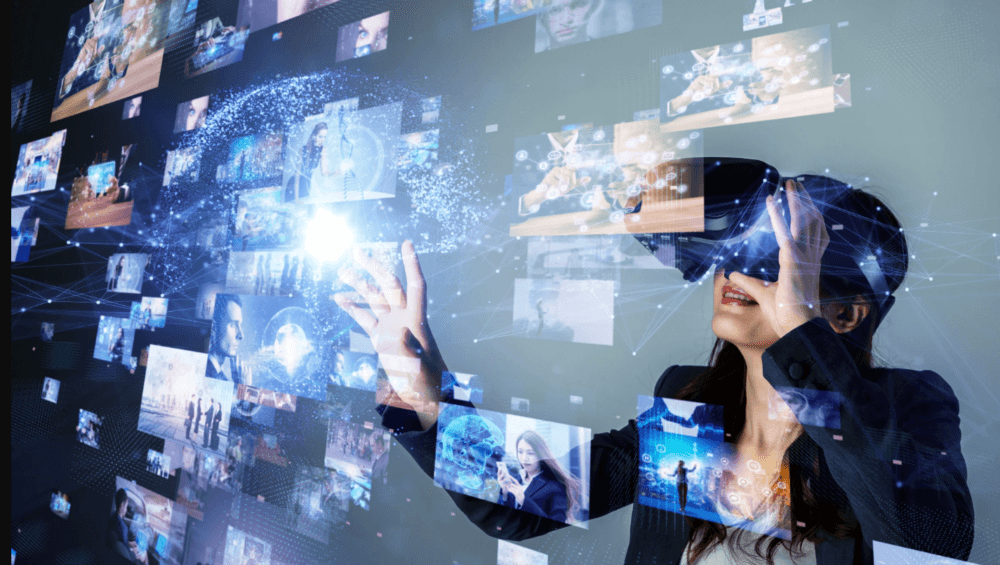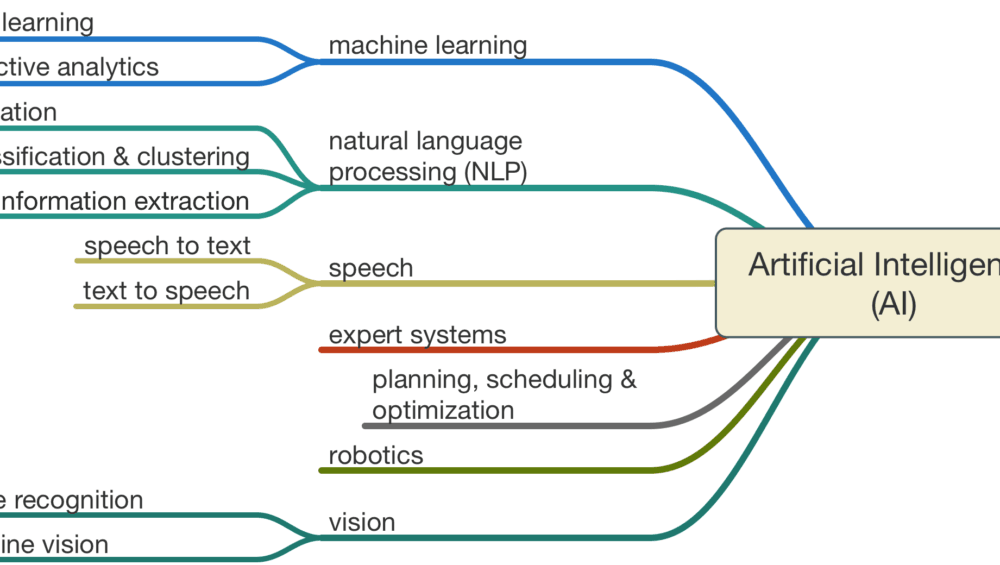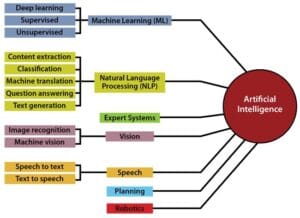Contents
What is an Augmented Reality?
What is virtual reality, Definition and type
What’s the Difference Between Augmented and Virtual Reality?
10 Amazing Examples of Augmented Reality and Virtual Reality.
10 Business Applications of Augmented Reality and Virtual Reality.
A deep study in augmented reality How does it work.
Virtual reality (VR) is an interactive computer-generated experience taking place within a simulated environment. It incorporates mainly auditory and visual feedback, but may also allow other types of sensory feedback like haptic. This immersive environment can be similar to the real world or it can be fantastical; it allows the user to explore and feel
as though they are there, rather than just be a passive observer or consumer of the media content. Virtual reality artificially creates sensory experiences, which can include sight, touch, hearing, and smell. Simulated audio and video devices are sometimes used in conjunction with the other senses.
A short history of VR
What is virtual reality, its definition and its types? – Part 1: History of VR: 1950s-2000s. What is Virtual Reality? Virtual Reality (VR) has been a dream for decades but only in recent years has it become more mainstream with companies like Facebook investing billions into developing technology that allows us to experience things we wouldn’t normally be able to. In essence, VR allows you to immerse yourself in an entirely different world through headsets or other devices that allow you to see and hear everything around you as if you were there.
The origins of Virtual Reality
The definition of Virtual Reality has existed since we created our first video games. The term Virtual Reality was coined in 1987 by Jaron Lanier, a computer scientist who worked for Atari back in 1981.
How does it work?
Virtual reality works by taking advantage of a technology called augmented or mixed reality. The first part of the phrase augmented refers to how virtual reality uses our existing senses—vision, hearing, touch—to enhance our experience in a way that feels real. The second part, mixed or merged reality, refers to how VR blurs lines between what we perceive as real and what we perceive as computer-generated images. The result is an immersive experience that feels like it could be
real.
Oculus Rift DK1
In March 2014, Facebook bought VR startup Oculus VR for $2 billion. At that time, there were a few different consumer-focused virtual reality headsets on the market, but only two were poised to make it big: Sony’s HMZ-T3W ($1,000) and Samsung’s Gear VR ($199). Google Cardboard also makes a compelling case for why every smartphone should have an affordable companion headset.
HTC Vive
The HTC Vive is one of two high-end systems making waves in virtual reality, along with Facebook’s Oculus Rift. The Vive was developed by gaming giant HTC in partnership with Valve.
PlayStation VR
Sony’s PlayStation VR (PSVR) headset offers a relatively affordable way to get into VR gaming. It’s also one of the most accessible ways to experience virtual reality, as it requires no additional equipment beyond your PS4 console and PS4 controller. It also has some of the best games available for any VR platform, including Resident Evil 7: Biohazard, Batman: Arkham VR, Star Trek: Bridge Crew, Skyrim VR, and more.
Google Cardboard
Virtual reality (VR) has been a buzzword for quite some time, but it was with Google’s Cardboard initiative that VR entered everyday conversations. Everyone knows what an ordinary cardboard box looks like, but it’s unlikely anyone would expect to use one as a VR headset. (Virtual reality)








